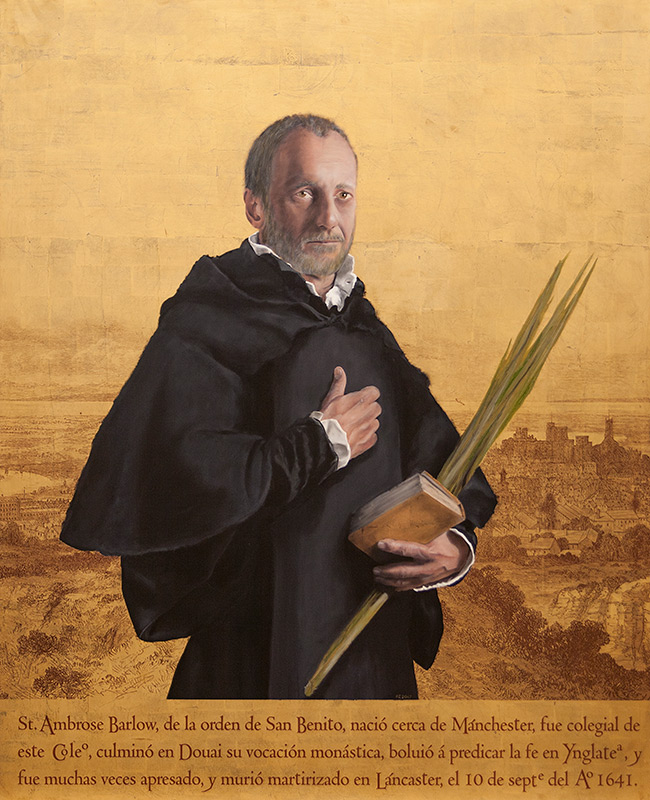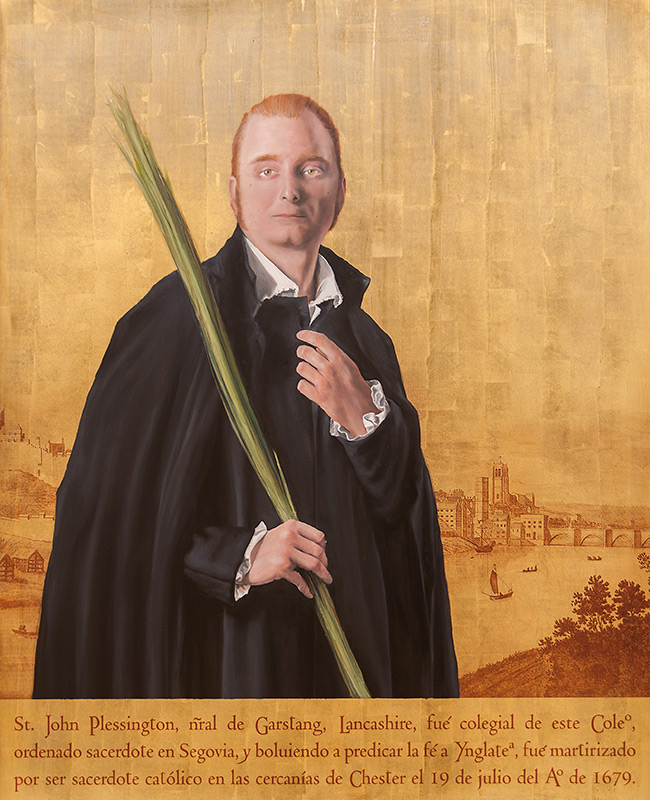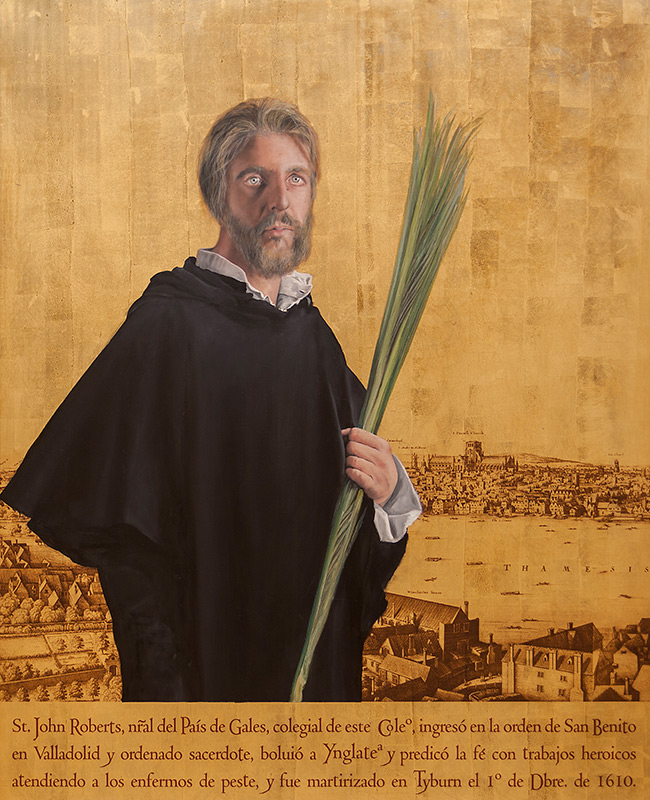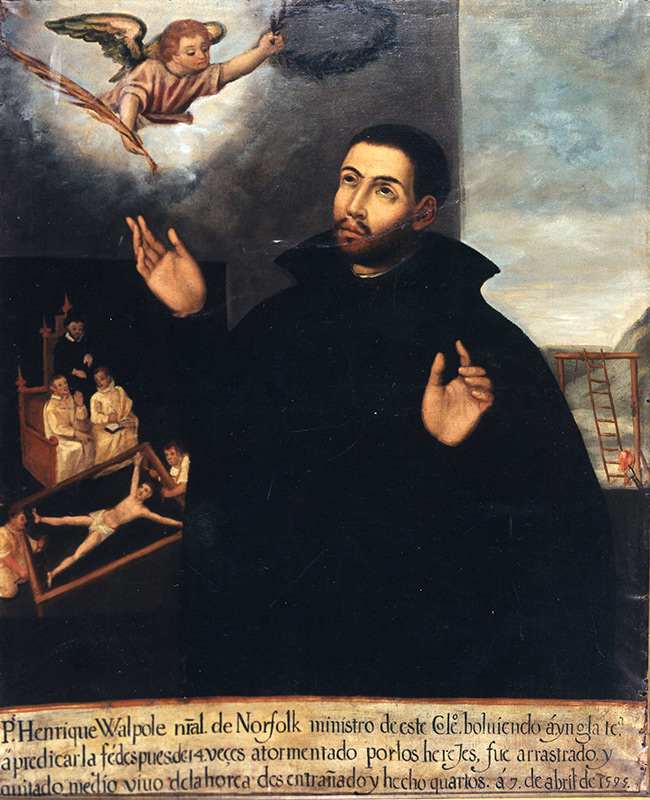The son of Richard Garnet, Confessor of the Faith, and nephew of a fellow martyr Father Henry Garnet SJ, Thomas Garnet was born into a prominent family in Southwark, London, in 1574.
For some time he was page to the Count of Arundel until, in 1594, at the age of 20, he entered the college at St Omer in Artois (now part of France). Two years later he was ordered to the Royal English College in Valladolid, where he studied for four years before being ordained a priest.
Having returned to England, he was admitted to the Society of Jesus (SJ) by his famous uncle, Father Henry Garnet, the superior of the Jesuits in England. However, on attempting to leave England to begin his novitiate at Louvain, he was stopped and incarcerated in the Gatehouse jail at Westminster and later in the Tower of London. He was tortured in order to give evidence against Father Henry, who had been implicated in the Gunpowder Plot and was later executed.
After seven months in the Tower of London, Father Thomas was banished from England in 1606 and put on board a ship set for Flanders with 46 fellow priests, where a royal proclamation was read to them threatening death if they returned.
The following year, however, he returned surreptitiously to England, where he was betrayed for being a priest. In November 1607, he was intensively interrogated for the Protestant Bishop of London by Sir Thomas Wade, the superintendent of the keep and a renowned torturer of priests. However, having refused to answer Wade’s questions nor make the new anti-Catholic oath of loyalty, Father Thomas was moved to the Old Bailey prison.
He refused an opportunity given to him by Catholics to escape, choosing to obey an inner voice that said to him “Noli fuguere” (“Don’t flee”). Condemned for his priesthood, he was stripped, hung, drawn and quartered at the gallows in Tyburn, London on June 23 1608.
He was solemnly canonised by Pope Paul VI on October 25 1970.









